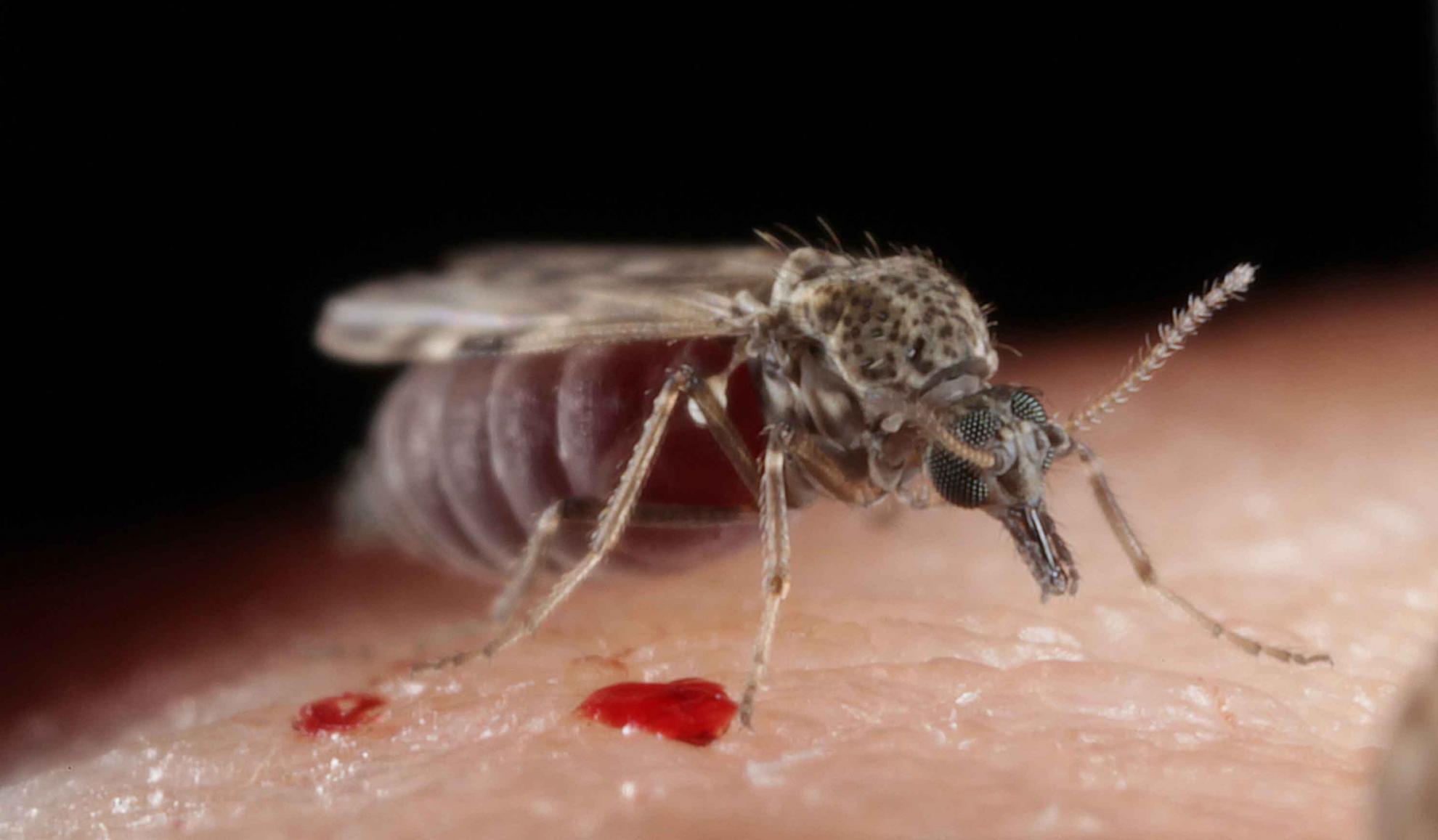Investigation of diel activity of Culicoides biting midges (Diptera: Ceratopogonidae) in the United Kingdom by using a vehicle-mounted trap
Truck trap collections of Culicoides biting midges (Diptera: Ceratopogonidae) were made during 2 yr of sampling from 2008 to 2009 at a farm site in southern England. Samples were collected from 810 sample runs carried out over 52 d and contained 7,095 Culicoides of which more than half (50.3%) were identified as Culicoides obsoletus Meigen by using a multiplex polymerase chain reaction assay. Other commonly encountered species included Culicoides scoticus Downes & Kettle (14.7% of total Culicoides caught), Culicoides dewulfi Goetghebuer (3.7%), and Culicoides chiopterus Meigen (4.2%). The activity rates of these species were examined with regard to both meteorological factors (light intensity, humidity, temperature, and wind speed and direction) and other potentially contributing variables (lunar phase and brightness, sunset time, and year) by using generalized linear models. All the species examined were collected in greater abundance at sunset, although the relationship between underlying light intensity and numbers was less pronounced in C. dewulfi and C. chiopterus. Collections of Culicoides were reduced at temperatures above 21 degrees C and were inversely related to wind speed. Variation between species was recorded, however, in response to wind direction: C. dewulfi and C. chiopterus were associated with prevailing winds passing through fields containing livestock, whereas C. obsoletus and C. scoticus demonstrated no such relationship. A male: female ratio of 1: 3.56 was observed in catches, and male populations were protandrous. These results are discussed with reference both to the ecology of these species and methods currently used to predict adult Culicoides movement and abundance in Europe.
Back to publications
